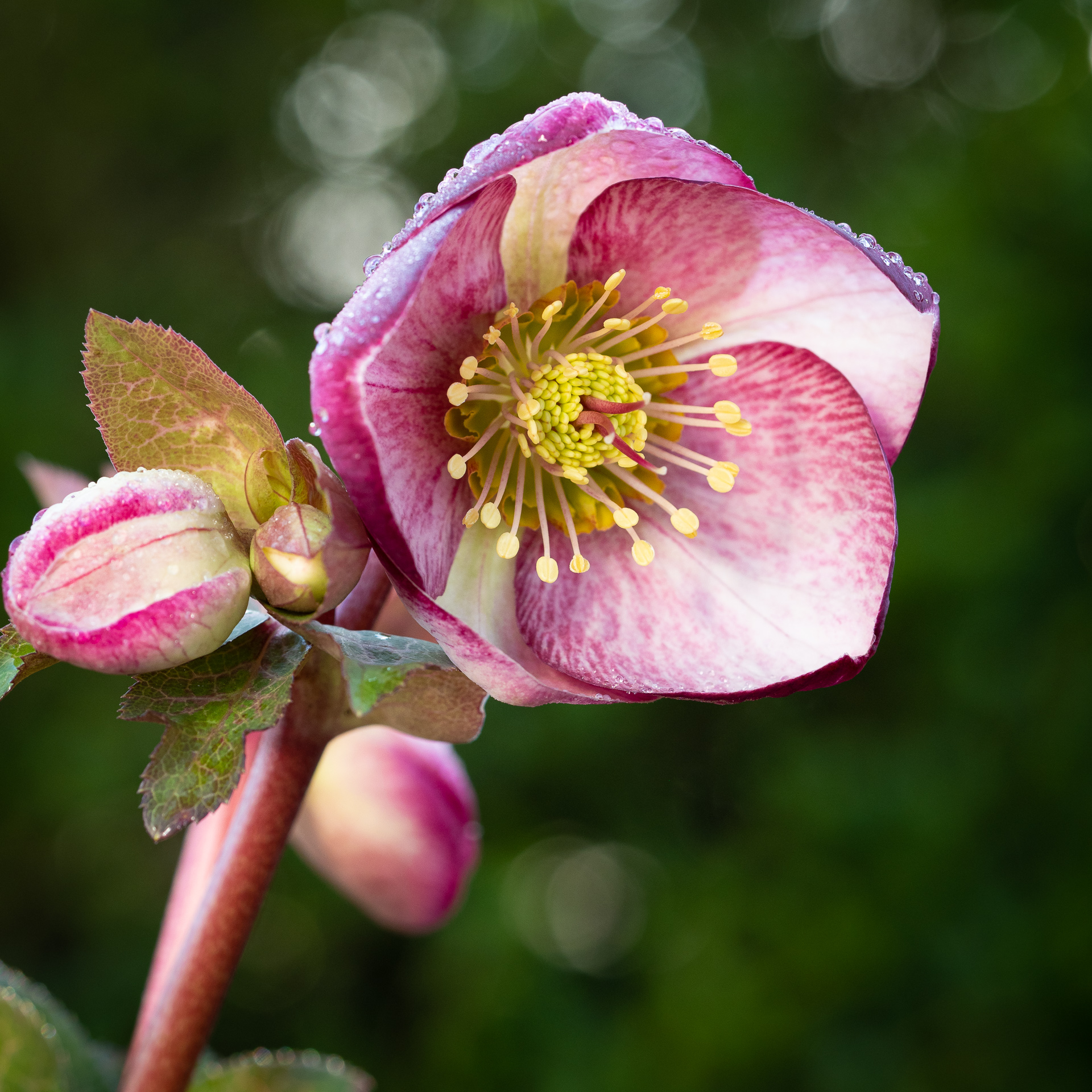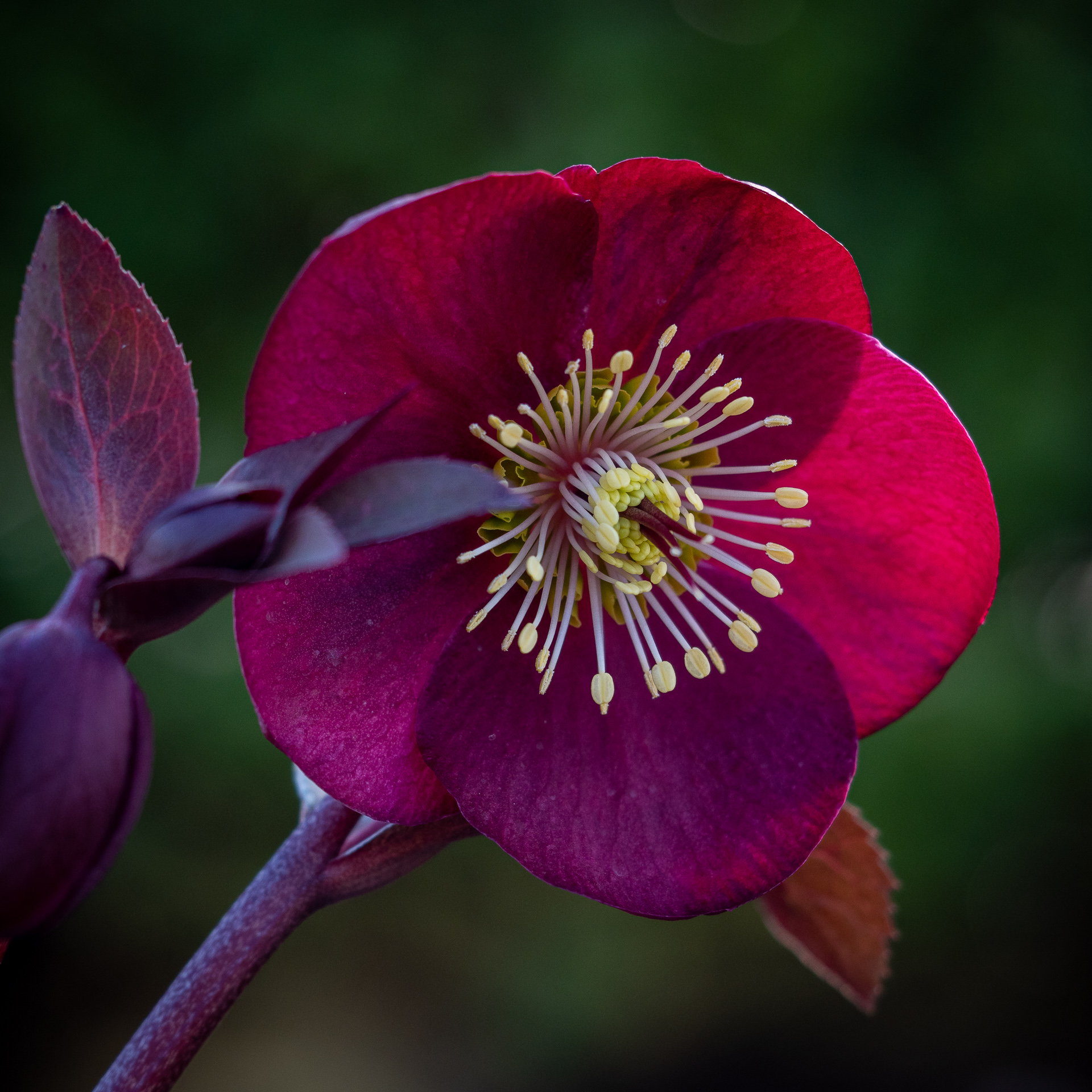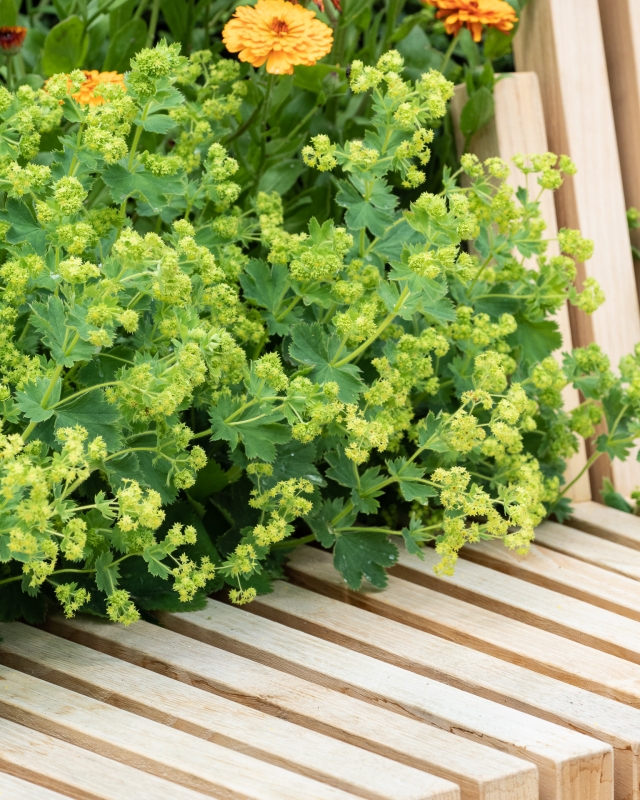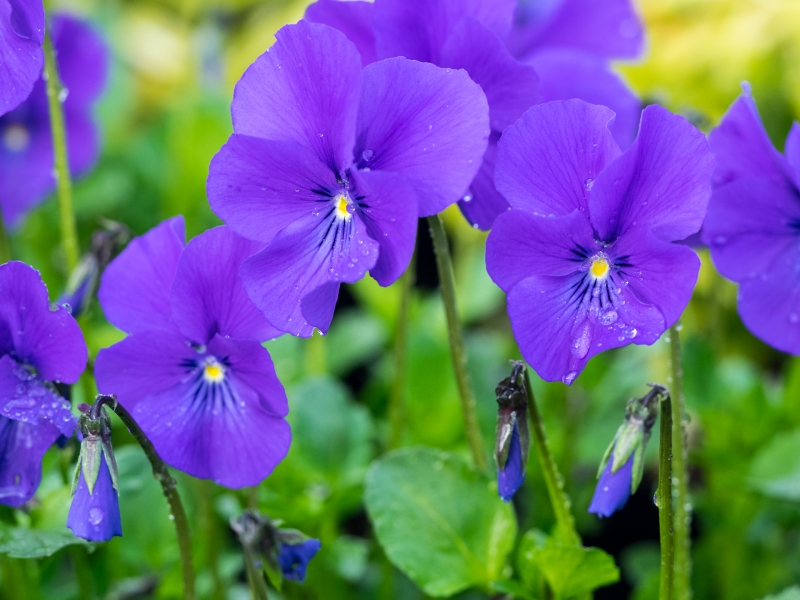Perennial partners for your roses..
FEBRUARY is a great time to think about where there are gaps in the border, but some gaps or "potential planting opportunities" as we like to say, may not be as obvious as others.
For instance at this time of year many roses are little more than a framework of stems, with bare soil beneath them, but there is so much you could add. Try underplanting your roses with winter flowering bulbs such as snowdrops (GALANTHUS) and combine these with CYCLAMEN coum to add a splash of vibrant pink from January to late March. Extend the bulb flowering season further by adding spring flowering CROCUS, ANEMONE blanda and grape hyacinths (MUSCARI) . Some low growing, shade loving perennials can also be added to the mix, try PULMONARIA and OMPHALOIDES ' Cherry Ingram' or for a contrasting foliage colour, purple leaf forms of AJUGA.
FEBRUARY is also the time when we start to think about pruning our roses in preparation for the coming year - *Pococks Roses recommend pruning during a “frost-free period from mid-February (southern England) to mid-March. Prune out any weak, weedy growth.”
Of course once you have pruned your roses you will find it much easier to plant around them and can quickly transform that once bare patch of soil into a riot of winter and early spring colour. When planting it is good practice to leave a distance of at least 30cm from the central stems to avoid damaging the rose's root system. If you have large gaps during the winter months either between or behind roses that are visible from the front of the border, try planting Hellebores such as 'Anna's Red' or 'Glenda’s Gloss' to bring the space to life. Both have silver-marbled, evergreen foliage that will act as striking and attractive ground cover when your Hellebores are no longer flowering.
HELLEBORUS 'Glenda's Gloss'
HELLEBORUS Anna's Red (Frostkiss Series)
As we move through spring and into summer you need to consider how your rose blooms will combine with those of your chosen planting companions.
Maybe you dream of roses intermingling with tall white foxgloves? A simple way to achieve this would be to scatter some foxglove seeds in situ or sow some seeds between February and June so that you will have young plants ready to transplant in August or September. These will flower the following year and then self-seed. If you cannot wait a whole year for your foxgloves to bloom, then invest in one year old, pot grown plants. Another deservedly popular combination is roses rising from a dreamy haze of blue Love-in-a-Mist NIGELLA Cottage Garden Curiosity Blend, another easy to grow annual that you could sow in March.
The tried and tested sulphur yellow flowers and soft green foliage of ALCHEMILLA work well with any rose. With a tendency to seed around, you may need to cut it back before it sets seed or only use it in a situation where self-seeding can be tolerated. Tough and hardy, it is happy to grow in most situations.
ALCHEMILLA sericata 'Gold Strike'
You could also go for GERANIUM; there are lots to choose from, far too many to list here. There is a Geranium to suit nearly every growing condition within the garden and they range in colour from white, through blue and purple to every shade of pink. G.'Rozanne' , G. 'Ann Folkard' , and G. Anne Thompson are particularly noteworthy as they all produce incredibly long flower stems enabling them to cover the ground and clamber up through a rose, whilst not being at all invasive.
If your roses are growing in a sunny spot then NEPETA ‘Summer Magic’ is hard to beat. We have to mention this Nepeta as it flowers for a very long time. Once its flowers start to fade it can be cut back and will then regrow and re-bloom. A good alternative to Lavender, whilst it may not have the former's fragrance it will have your border buzzing with bees.
The sweetly scented VIOLA ‘Avril Lawson’ can tolerate light shade and will flower for a long period of time. Once its flowers start to fade you can cut it back and it will produce a second flush. If planted towards the front of the rose this viola will clamber its way up through its lower branches.
Some plants not only make attractive combinations with roses but support the health of the rose too. Some plants with a strong scent are said to discourage certain rose pests. Well known examples are Thymus vulgaris which is said to deter blackfly and ALLIUM schoenprasum aphids. Other plants such as the easy to grow annual CALENDULA 'Indian Prince' not only attract bees but also hoverflies whose larvae eat aphids - a win win situation.
When thinking about which plants will combine well with the roses in your garden you need to remember that whatever you choose must not be allowed to out compete the rose; and that it will require the same growing conditions as the existing rose.
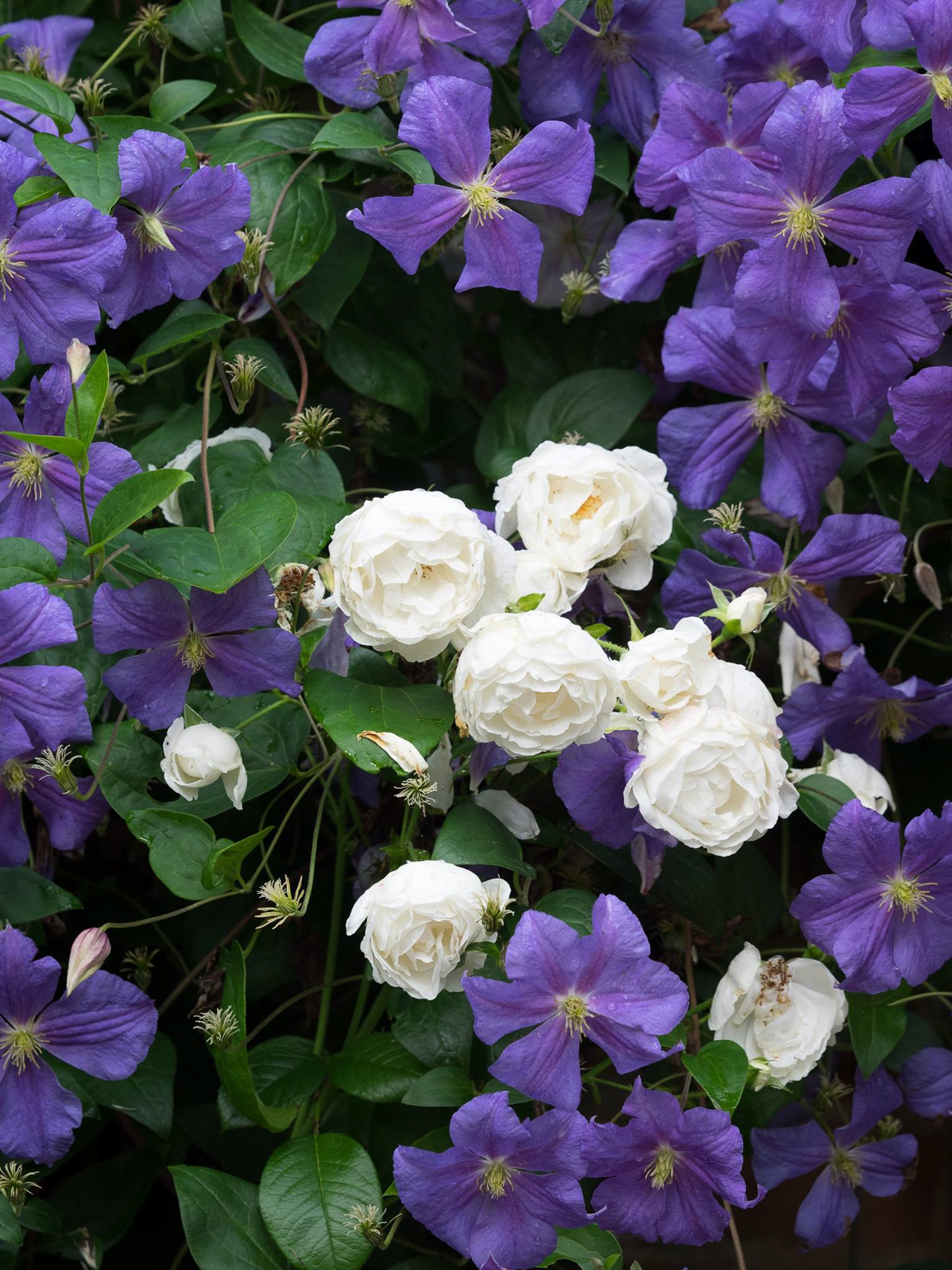
Above: A climbing rose provides a framework on which a clematis can be grown.
You could create a similar effect with a shorter, less vigorous Clematis and shrub rose.
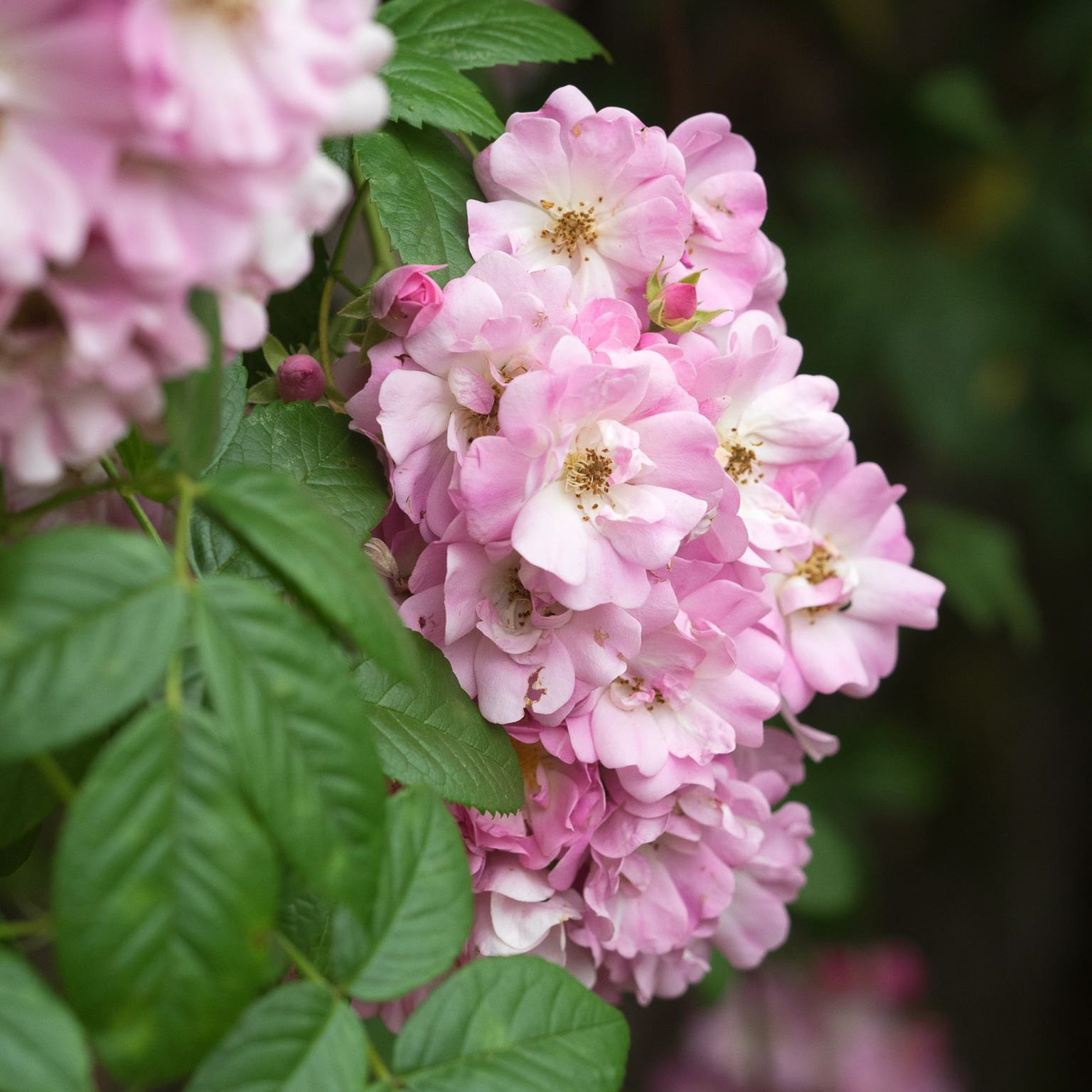
If you are planning a new mixed border and wanting to include roses then the most cost effective way to buy them is as bare rooted plants. The best time to plant bare rooted roses is between November and March while the plants are still dormant. The earlier you order the better, as the choice available becomes more limited as the bare root season goes on. However if you miss the bare root season you can buy potted roses that can be planted at any time of year.
If you are looking for a local rose grower or advice on roses then the British Association Of Rose Breeders "Find That Rose" website is a good place to start.
* Pococks Roses are our local specialist rose grower, their website is a great source of information regarding rose care.

